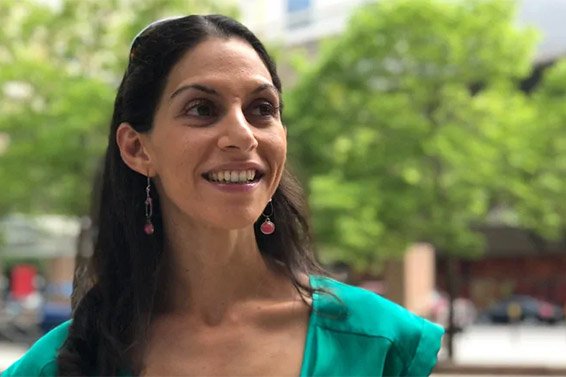World Egg Day: What the eeda? Understanding the Parsi love for eggs
From tomato per eeda to fried kera per eeda, we try to analyse the unending love affair which Parsis have with eggs.
Anyone who has ever had the joy of eating at a Parsi home or restaurant would know that Parsis are inordinately fond of eggs – in any and every form. Their long and steady love affair with the egg can be seen in a number of dishes – runny kejriwal, keri kanda per-eeda (eggs on mangoes), sekta-ni-sing per-eeda (eggs on drumstick), salli per-eeda (eggs on potato straws), tamota per-eeda (eggs on masala tomato), bhida per-eeda (eggs on ladyfinger), bhaji per-eeda (eggs on fenugreek leaves), fried-kera per-eeda (eggs on fried bananas) and even eggs cooked on clotted cream or malai-per-eeda. Eeda means egg and per-eeda literally means “egg on top”.
Eggs play a starring role not just in Parsi cuisine, but in Parsi customs too. In Bapsi Sidhwa’s novel, The Crow Eaters, when a newlywed Parsi couple enters their house, a number of rituals are performed and in what is a prominent step, the mother of the bride breaks a raw egg on the floor after circling a silver tray around the girl’s head seven times. Not just at weddings, “a similar practice is performed during Diwali too. An egg is drawn around the main door or entrance to the house” says Kainaz Contractor of Rustom’s Parsi Bhonu. “The use of eggs in a wedding and navjote celebration is mainly to ward off bad luck, calamity or the evil eye and to bring good luck.”
But has it always been the case, or is the Parsi obsession with eggs a recent phenomenon?
Turns out, this egg mania finds its roots in ancient Iran. According to Contractor, “in ancient Iran and in the entire Caucasian region, eggs were seen as a symbol of fertility and new life”, which is the reason behind eggs becoming a key part of Parsi cuisine.
As a practice integral to their customs, Parsis are supposed to observe abstinence on the eleventh month of the Parsi year, Bahman, when they do not eat meat – yet, eggs are allowed at this time. “The month of Bahman is the equivalent of the Christian Lent. Zoroastrians abstain from eating meat. Since vegetables were limited in variety and availability, fish and eggs became the mainstays of the month.” Even if vegetables have long surpassed these limitations with respect to both availability and variety, eggs never left the Parsi plate.
Contractor also believes that from a culinary point of view, eggs are a major part of Parsi cuisine because they are “very strong believers that any dish can be made better with eggs, especially vegetables, making it more appealing to children and hardcore meat lovers. In fact, one of the signature starters at our joint is a crisp-fried egg topped on spicy kheema pao and egg and cheese balls with mashed potatoes and spring onion.”
However, culinary anthropologist Kurush Dalal feels that the very concept of associating Parsi cuisine with (mostly) eggs is what is a classic case of “overgeneralisation”. “Eggs are well packaged and have a good protein content. That is why they find their place in Parsi food. It is nothing new. It is an absolute misconception that Parsis break an egg into almost everything. You will never find eggs in Dhansak or Patra ni Machi”, he explains.
Colleen Taylor Sen in her book, Feasts and Fasts: A History of Food in India differs. In her book, Taylor Sen acknowledges the importance of eggs in Parsi cuisine and writes that “eggs are a popular breakfast dish” for Parsis and “Parsis eat egg and fish, although they may avoid beef and pork out of respect for their Hindu and Muslim neighbours”. Given Parsi food is a distinctive cuisine combining Indian, Persian and British influences, the Parsi community “adopted many English dishes including custard, cakes, puddings, and stews.” Naturally, eggs become an important ingredient in Parsi cuisine. Eggs also act as a binding ingredient for snacks like cutlets, kebabs, and patties. The egg is also used at times to garnish a variety of pulaos.
Few other cuisines have found as many creative ways to put the humble egg to use. And in return, maybe, apart from holding their cutlets and puddings together, over the years the egg has found a way to bind the community together much like a good egg wash does.





